Stripped Down to Silence: The Power of Minimalism in Landscape Photography
In a world saturated with visual noise, minimalist landscape photography offers a rare opportunity: to breathe. It’s not simply about doing less—it’s about seeing more clearly. The minimalist landscape isn’t empty; it’s precise. It whispers where others shout, and in that stillness, it commands attention.
I first discovered the pull of minimalism not in a desert or tundra, but in the fog of a Baltic shoreline. A single pier receding into soft grey—half-submerged in silence. That image, barren in detail but full of mood, became the seed of a creative obsession. Since then, I’ve learned that minimalism in landscape photography is more than a style. It’s a mindset, a discipline of restraint.
Essentialism, Not Emptiness
Minimalist photography is often misunderstood as empty or lacking complexity. In reality, it’s distilled. A strong minimalist image is stripped down to the essential: one subject, one feeling, one quiet truth. The simplicity is deliberate. Every element in the frame matters. Every absence matters even more.
I like to think of it as visual haiku. The fewer the words—or pixels—the deeper the pause they create.
The Grammar of Space and Silence
At the heart of minimalist landscapes is negative space. This isn’t just “empty” sky or sea—it’s an active compositional force. Negative space isolates your subject, not to shrink it, but to magnify its presence. A tree in a snowfield. A shadow on a dune. The space around these things isn’t void; it’s voice. It provides context, contrast, and emotion.
Long exposures heighten this effect, especially with moving elements like water and clouds. With a neutral-density filter, I can reduce a choppy sea to a glassy surface or streak clouds into a ghostly veil. These techniques simplify the background, turning nature’s chaos into a stage.
Tools of Reduction
Minimalism isn’t only created in the field—it’s reinforced in the edit. Cropping, desaturation, and cleaning the frame’s edges are part of the process. Sometimes I reduce colour to grayscale when hues distract from form. Other times, I intentionally keep two complementary colours—blue and ochre, say—to emphasize tension within the harmony.
Using a telephoto lens has become one of my go-to approaches. It compresses space, isolates details, and removes the clutter often present in wide-angle scenes. A lone hay bale in a golden field becomes not an object, but a statement.
The Landscape as Emotion
The best minimalist images are not just simple—they’re emotional. They tap into solitude, calm, awe. Sometimes they hint at melancholy, sometimes freedom. What they never do is shout.
When I photograph a beach in winter, or a road disappearing into fog, I’m not trying to document the landscape. I’m trying to document the feeling of being there: cold air, empty space, the hum of silence in the ears.
What to Leave Out
Every photo is a decision—what to include, what to exclude. Minimalist photography leans heavily into the second part of that equation. The challenge is not in finding beautiful places; it’s in having the discipline to leave things out. A minimalist frame demands clarity of intention. Ask yourself: What is this photo really about? If the answer isn’t obvious, the image won’t be either.
Where to Look
Certain landscapes naturally lend themselves to a minimalist approach:
- Salt flats and deserts, where texture meets infinity
- Snowfields and frozen lakes, where silence is visual
- The coast, especially at low tide, when details vanish into horizon
But minimalism isn’t limited to remote places. Agricultural fields, industrial structures, wind turbines, and even urban edges offer compositional purity. The key is not where you are—it’s how you see.
Minimalism as Philosophy
Ultimately, minimalist landscape photography is less a technique and more a philosophy. It teaches you to slow down, to be intentional, to respect the weight of silence. You start seeing not just what’s in front of the camera, but what’s not—and why that matters. When the world is overwhelming, minimalism is a form of visual mindfulness. It’s a reminder that emptiness can be full of meaning, and that sometimes, the most powerful images are the quietest ones.
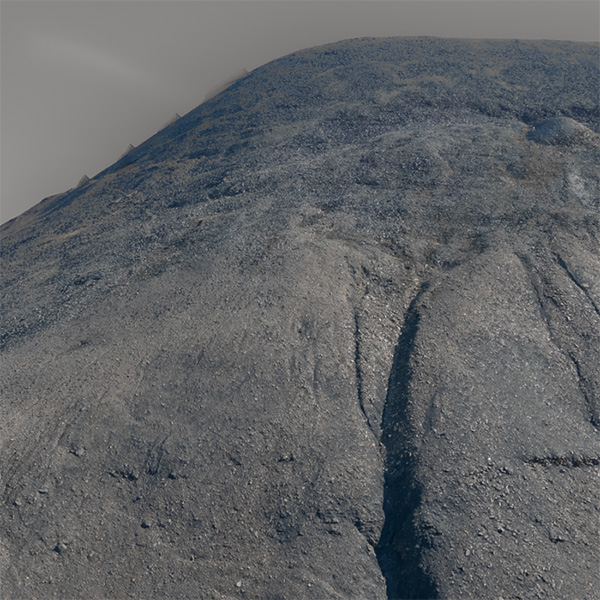
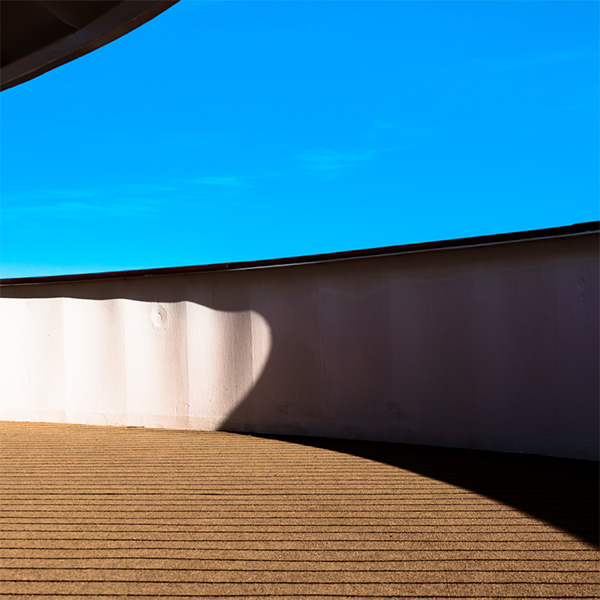

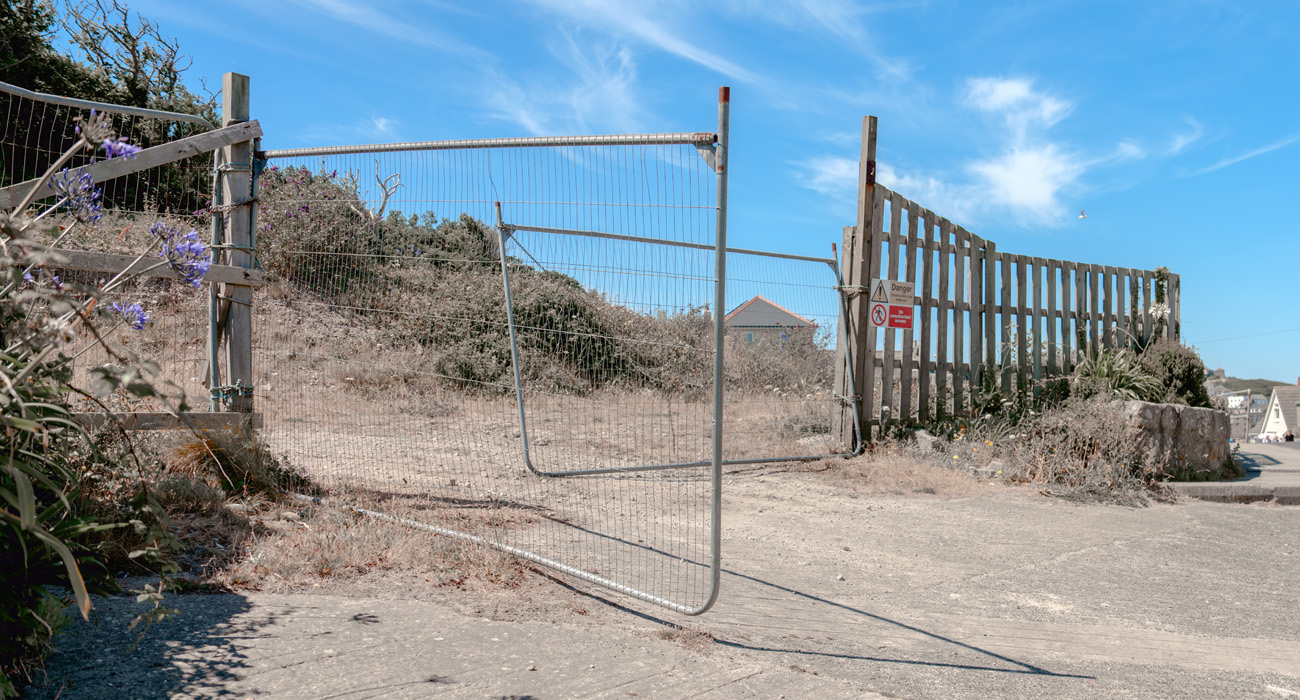
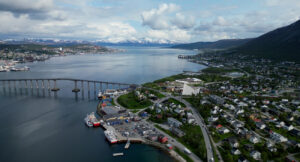
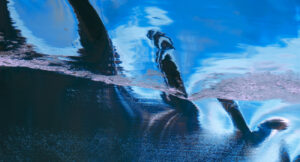

Pingback: Learn to See Differently: Your Path to Visual Style
Pingback: Was ist Street Photography? Definition & Bedeutung